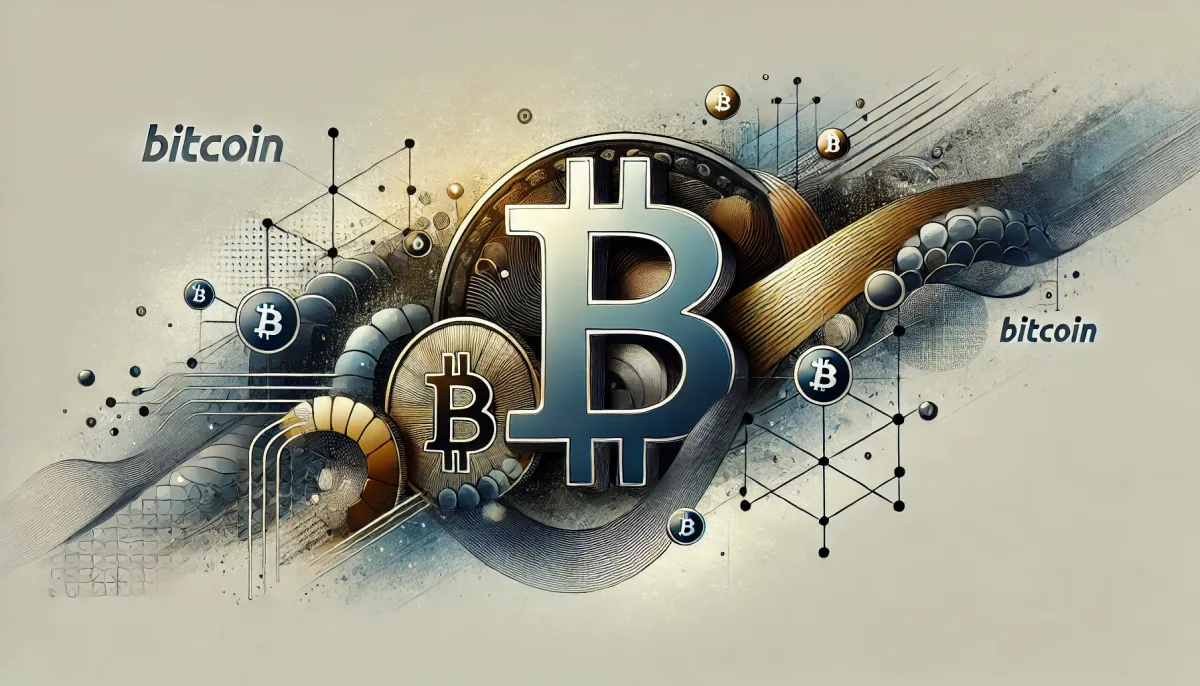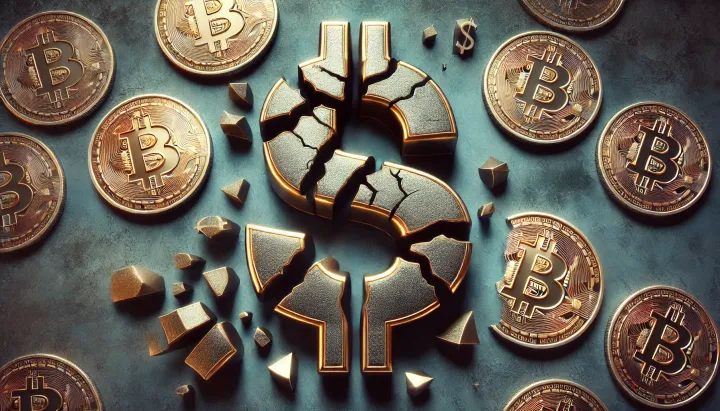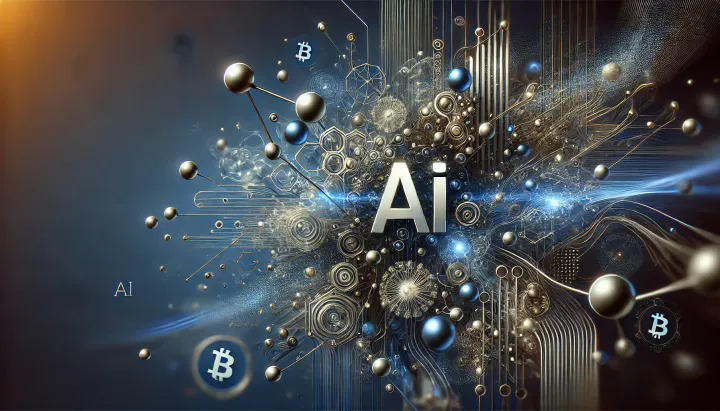Private Money, Stablecoins, and the Genius Act
The August 07, 2025 episode of ARK Invest features Dr. Art Laffer and Paolo Ardoino discussing how stablecoins operationalize private money alongside Bitcoin.

- My 'briefing notes' summarize the content of podcast episodes; they do not reflect my own views.
- They contain (1) a summary of podcast content, (2) potential information gaps, and (3) some speculative views on wider Bitcoin implications.
- Pay attention to broadcast dates (I often summarize older episodes)
- Some episodes I summarize may be sponsored: don't trust, verify, if the information you are looking for is to be used for decision-making.
Summary
The August 07, 2025 episode of the ARK Invest podcast features Dr. Art Laffer and Paolo Ardoino discussing how stablecoins operationalize private money alongside Bitcoin. Laffer argues that purchasing-power stability, not dollar pegs, is the endgame, while Ardoino details Tether’s reserves, adoption, and compliance posture. The panel examines the Genius Act’s competitive effects, commodity-trade settlement, and design choices that could challenge fiat in long-term contracts.
Take-Home Messages
- Transactional Layer: Stablecoins provide the day-to-day payment rail that complements Bitcoin’s fixed supply design.
- Regulatory Catalyst: The Genius Act sets U.S. rules that will intensify competition and raise reserve-transparency standards.
- Adoption Pattern: Demand in inflationary economies and commodity settlement drives scale and stickiness for dollar tokens.
- Business Model Risk: Treasury carry attracts entrants; disclosure rigor, liquidity, and redemption integrity will differentiate issuers.
- Design Frontier: Goods-stable instruments could shift contracting and savings away from fiat if legal and UX hurdles are solved.
Overview
Art Laffer situates stablecoins within a longer arc from the U.S. private money era to today’s fiat inflation, arguing that credibility hinges on stabilizing purchasing power. He maintains that pegging to the dollar is insufficient if the goal is long-horizon contracts with predictable value. The panel frames stablecoins as the missing operational layer linking Bitcoin’s monetary properties to routine transactions.
Paolo Ardoino recounts Tether’s 2014 origin as a tool to move digital dollars at Bitcoin-like speed, first on Bitcoin’s Omni layer. He describes a demand shift after 2020 as households in inflationary economies held dollar tokens on phones for savings and payments. He adds that adoption now includes commodity traders seeking faster, final settlement.
On reserves and controls, Ardoino states that short-term U.S. Treasuries dominate, with smaller allocations to gold and Bitcoin, and that quarterly attestations support transparency. He asserts that reserves exceed outstanding tokens and notes a prior move away from commercial paper. He points to regulation in El Salvador and anticipates U.S. clarity under the Genius Act.
Debate turns to competitive dynamics and design paths. Laffer presses for inflation-adjusted instruments that keep value stable in goods terms rather than against the dollar. Ardoino highlights legal classification and user-experience constraints while signaling plans tailored to developed-market needs.
Stakeholder Perspectives
- Regulators and legislators: Want clear reserve rules, disclosures, AML controls, and contingency planning for redemptions.
- Central banks and treasuries: Monitor deposit flight, velocity effects, and interactions with monetary policy transmission.
- Stablecoin issuers: Compete on liquidity, transparency, distribution, and compliance while defending margins from new entrants.
- Banks and payment networks: Face fee compression and consider issuing or integrating compliant dollar tokens.
- Commodity traders and logistics firms: Seek faster settlement finality with broad acceptability and predictable redemption.
Implications and Future Outlook
U.S. rulemaking under the Genius Act will likely standardize reserve quality, audits, and disclosures, compressing the spread that funds issuers. Network effects should favor tokens already embedded in emerging-market payments and trade finance. Redemption integrity, sanctions compliance, and operational resilience will become primary competitive signals.
Design pressure will rise for goods-stable instruments that target purchasing-power stability rather than a dollar peg. Feasibility hinges on securities law, tax treatment, and wallet UX capable of quoting and accounting in an inflation-adjusted unit. If achieved, long-term contracts and savings could migrate, challenging fiat’s role as unit of account.
Commodity settlement presents a near-term wedge as traders prioritize time certainty and counterparty assurance. As usage deepens, on/off-ramp capacity, liquidity provisioning, and custody segregation will shape systemic risk. Interoperability across chains and institutions will influence whether settlement scales without fragmentation.
Some Key Information Gaps
- How will the Genius Act influence global regulatory frameworks for stablecoins? U.S. standards often cascade internationally, so clarity will shape issuer behavior and cross-border adoption.
- Could inflation-indexed stablecoins replace dollar-pegged models in the long term? Purchasing-power units could rebase contracts and savings if legal classification and UX are tractable.
- What are the risks for emerging markets heavily dependent on dollar tokens for savings and payments? Concentrated reliance raises policy, liquidity, and consumer-protection exposures during stress.
- To what extent will commodity trading rely on stablecoins for settlement efficiency? Trade-finance structures, insurance, and compliance processes must adapt for durable scale.
- How likely is competition to drive stablecoins toward fractional-reserve practices? Margin pressure can erode prudence without enforceable reserve and disclosure regimes.
Broader Implications for Bitcoin
Purchasing-Power Units as a New Monetary Primitive
A widely used goods-stable unit could decouple payments and savings from fiat volatility while remaining ledger-agnostic. Over 3–5 years this enables contracts, wages, and invoices to migrate to purchasing-power terms in sectors sensitive to inflation drift. Governments may respond with CPI-linked public instruments or hybrid reserves to preserve monetary relevance.
Trade and Supply-Chain Liquidity Reconfiguration
If commodity settlement normalizes on tokenized dollars or purchasing-power units, inventory and receivables financing can compress cycle times. Faster cash conversion lowers working-capital needs and shifts bank fee pools toward token-native rails. Jurisdictions that harmonize KYC, taxation, and digital-asset custody will capture a larger share of trade flows.
Banking Model Pressure and Redesign
Stable, high-frequency settlement outside card networks will squeeze interchange and correspondent banking revenues. Banks that issue or custody compliant tokens can retain clients while offloading legacy frictions. Supervisors will need playbooks for token-era liquidity shocks that cross institutions and chains in minutes, not days.
Bitcoin’s Role in a Multi-Unit World
As purchasing-power units emerge, Bitcoin’s comparative advantage concentrates in censorship resistance, long-term savings, and reserve diversification. Portfolio construction may tilt toward Bitcoin as collateral and balance-sheet asset while day-to-day commerce uses stable units. Energy and treasury policies will adapt as institutions benchmark risk against both Bitcoin and goods-stable liquidity.



Comments ()